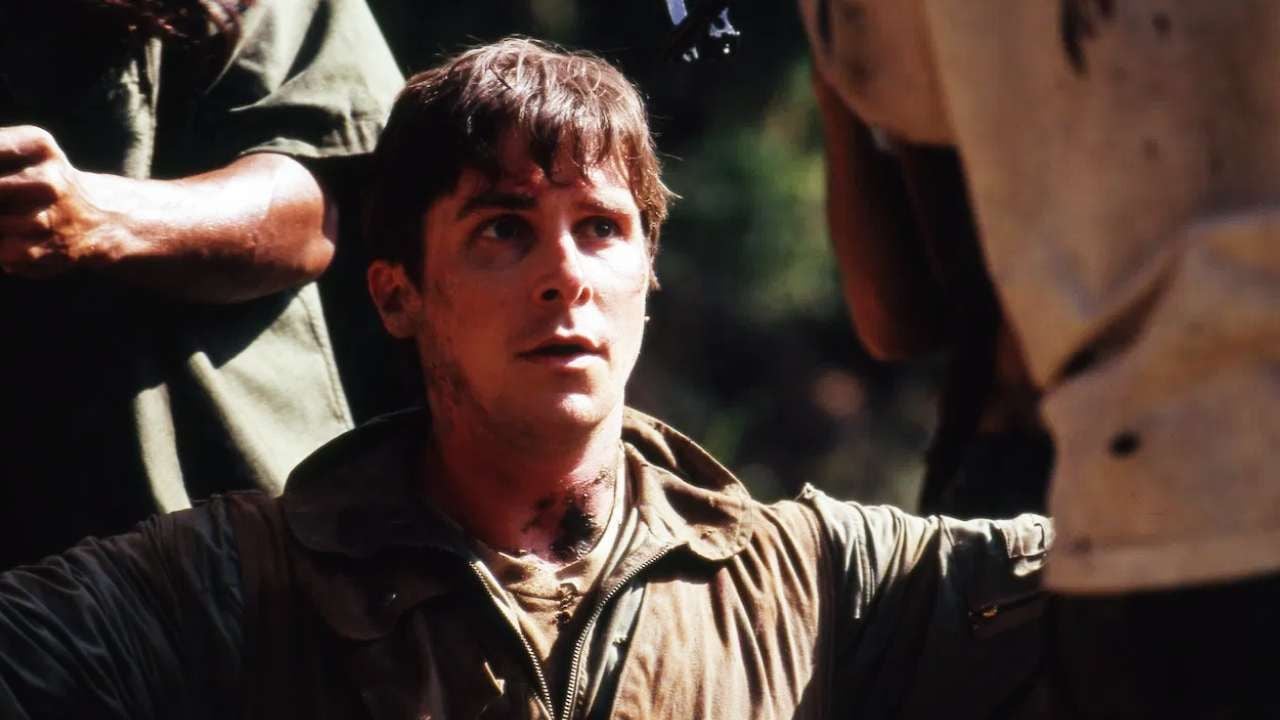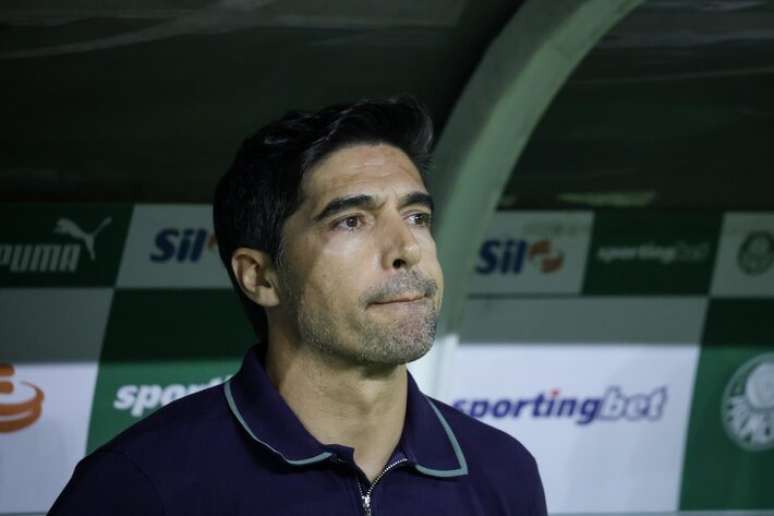In times of hate speech and so much violence, talking to your children is essential. Find out how to open this dialog space
“Bullying didn’t exist in my day,” is often heard out there. Well, maybe it wasn’t called that, but you will surely remember schoolmates who were excluded, mocked and even attacked for physical, behavioral or other trivial reasons. And while this type of practice has not been treated as it is today, its effects are undeniable. How many traumas related to sociality, public speaking, the way of dressing, one’s body, among many others, have not reverberated later, in adult life? How many violent and tragic reactions weren’t the result of bullying?
html[data-range=”xlarge”] figure image img.img-a40542243c7b8d5711137dd10eefe4a9f5lybzym { width: 774px; height: 542px; }HTML[data-range=”large”] figure figure img.img-a40542243c7b8d5711137dd10eefe4a9f5lybzym { width: 548px; height: 384px; }HTML[data-range=”small”] image figure img.img-a40542243c7b8d5711137dd10eefe4a9f5lybzym, html[data-range=”medium”] figure image img.img-a40542243c7b8d5711137dd10eefe4a9f5lybzym { width: 564px; height: 395px; }
Nowadays, when we know so well what it is and what it can entail, it is of vital importance that we talk about it not only at school, but also at home, after all that is where the first teachings come from. You must have gotten tired of hearing that parental example makes a difference in education. And no wonder: from an early age, children copy the older ones, whether they are caregivers, siblings or other people they live with.
“Cec%C3%ADlia%20Rocha%2C%20psychic%C3%B3loga%20e%20art therapist%20specialist%20in%20Therapy%20Cognitive%20Behavioral”
“The family is our first school and the child learns a lot by example”
“We are teaching a lot when we treat everyone equally, with respect and kindness. When at a party, for example, we don’t leave anyone out. When we don’t make jokes about anyone’s body or personality”explains psychologist and art therapist Cecília Rocha, specialist in cognitive behavioral therapy at FMUSP.
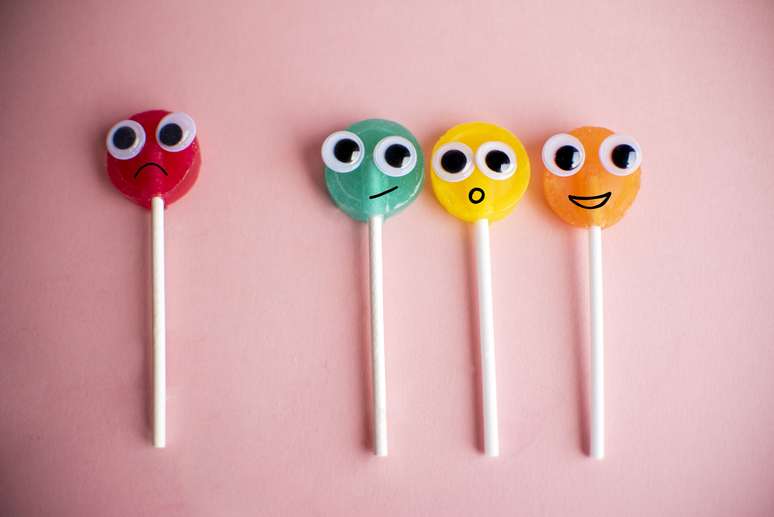
When does the child begin to understand what bullying is?
It is possible to concretely explain the matter from 7 or 8 years. In this age group it is possible to give a name to the practice and speak more directly with the child, leaving a space for dialogue open also for the child to tell what happens at school, if some friends suffer with other colleagues, if he himself is a victim or even if he has already had behavior that he regrets.
Even so, Cecília warns that, even if they don’t understand, the little ones can practice or be bullied before that age. Likewise, they are fully capable of learning to treat others with respect and equality from an early age – and this is the main key.
“I usually emphasize two points as background: the non-acceptance of differences and the pursuit of the feeling of power. These themes can be worked on with children from an early age, even without using the word ‘bullying’, underlines the specialist. According to her, it is always important to emphasize that differences are part of life and that they are healthy, “that each of us is a unique, singular and special being just as we are,” she advises.
In early childhood, playful language is a great ally, so make the most of it brochures and films dealing with diversity. Cecília also remembers nature as a great source of examples: “It teaches us the importance and beauty of having different types of flowers, birds, plants…”. On the question of power, the psychologist reiterates the need for offer children cooperative thinking.
“Parents and caregivers can bring to the child the idea of cooperation, that we don’t need to compete. Everyone has their own space and no one will take the other’s place, because the other’s place is already guaranteed. In bullying , we realize that many of the “aggressors” seek this sense of power, control and superioritybecause they just feel insecure,” she explains.
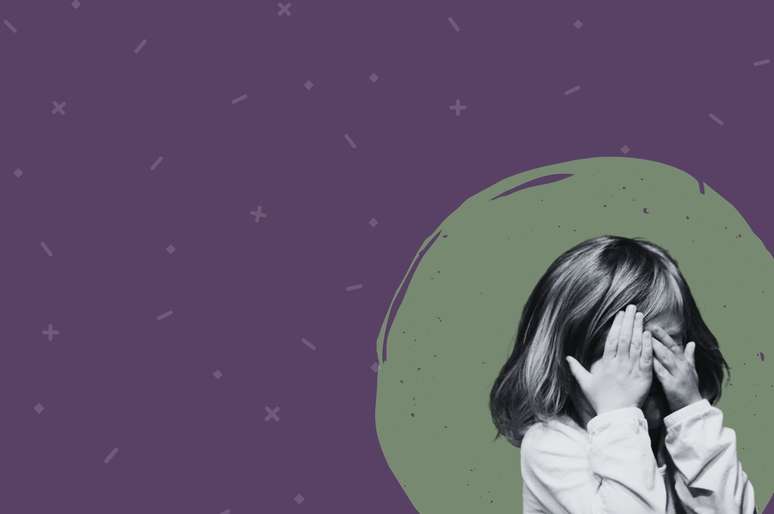
Building the foundation for adolescence and adulthood
According to Cecilia, the practice of bullying intensifies from the age of 10 or 11, when the physiological changes of children are more intense and the famous cliques begin to solidify (we know, however, that it can happen much sooner than that). On the road to adolescence, childhood learnings come true, both good and bad
“”
That’s why it’s so important to give your child a solid foundation, with good examples and an open dialogue.
“Adolescence is the time when our children go out into the world and when social issues gain strength,” warns the psychologist. And that’s when all learning really comes out of our own four walls. “Working on these issues that are the background to bullying [não aceitação das diferenças e busca por poder] from an early age we can live in our greatest home, which is society, in a more serene, respectful and collaborative way”, he reflects.
We must remember that, if we want a better world, it is from the ground up that changes must begin to take place. All this “because we can walk towards a more loving, respectful and peaceful society where solidarity and equality make their home” concludes Cecilia Rocha.
Source: Terra
Ben Stock is a lifestyle journalist and author at Gossipify. He writes about topics such as health, wellness, travel, food and home decor. He provides practical advice and inspiration to improve well-being, keeps readers up to date with latest lifestyle news and trends, known for his engaging writing style, in-depth analysis and unique perspectives.

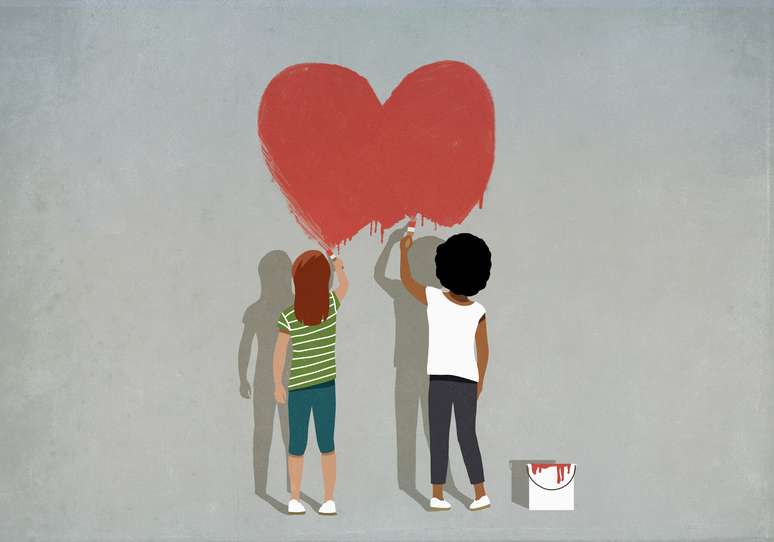
-1ibeskywkh3z8.png)



